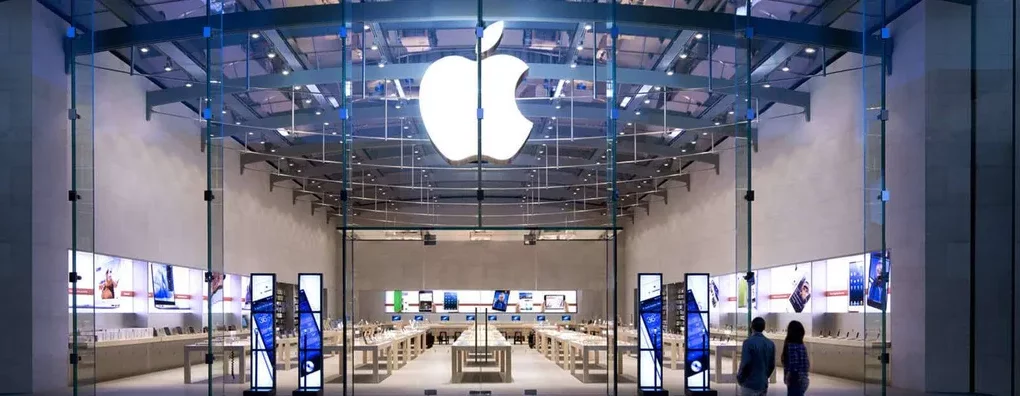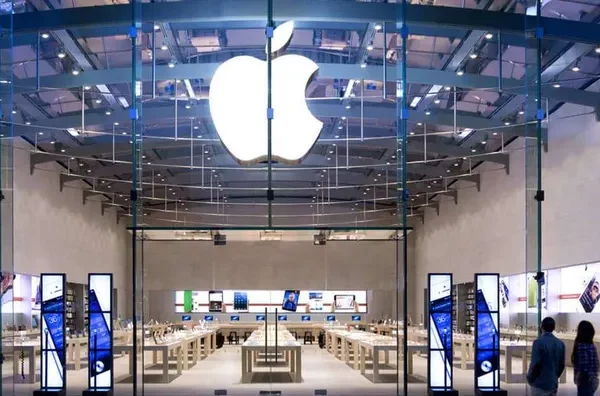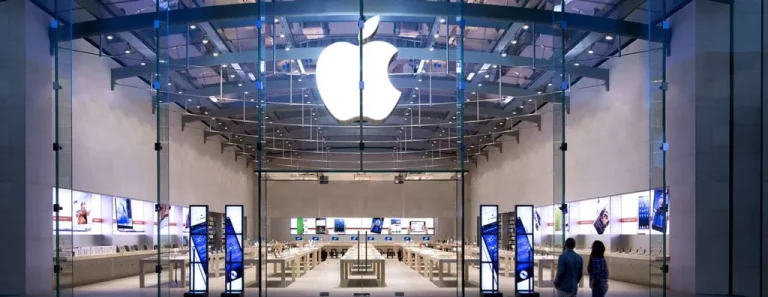

Exciting Opportunities Await — Packing Helper Jobs in Sharjah
Are you on the lookout for a fulfilling job in the vibrant city of Sharjah like Dubai driver jobs? The demand for packing helpers is surging, presenting an excellent opportunity for those who enjoy dynamic work environments. Packing helper jobs in Sharjah offer not just a paycheck, but also the chance to be part of…

Is a Fulfilling Job in Umm Al Quwain Your Next Big Career Move?
Finding the right job can feel like an exhilarating journey, particularly in a place as vibrant and diverse as the UAE. Umm Al Quwain, one of the lesser-known Emirates, is emerging as a hidden gem for job seekers looking for fulfilling opportunities. With its unique blend of culture, modernity, and accessibility, it presents an attractive…

Landing Your Ideal Bus Driver Position in the UAE
In recent years, the United Arab Emirates (UAE) has emerged as a vibrant hub for professionals from various sectors, including transportation. With its ever-growing economy and a high demand for public transport services, the UAE bus driver job vacancy is a golden opportunity for many aspiring drivers. Whether you’re a seasoned driver or just starting…

Unlocking the Door to Carrefour Careers — Elevate Your Professional Journey
Carrefour, a name synonymous with excellence in the retail sector, has established itself as a leading player in the global marketplace. With an expansive network of hypermarkets and supermarkets, it offers a wide array of products, from groceries to electronics, catering to diverse customer needs. With such a vast operation, Carrefour is not just a…

Uncovering Exciting Helper Job Opportunities in Dubai
Dubai, a sparkling gem in the United Arab Emirates, is not only known for its towering skyscrapers and luxurious lifestyle but also for its thriving job market. Among the myriad of opportunities available, helper jobs in Dubai stand out as an attractive option for both locals and expatriates. If you’re seeking a rewarding role that…

Ride into Your Future — The Thrill of UAE Bike Rider Jobs
In a land where the skyline dances with innovation and the desert whispers tales of adventure, the United Arab Emirates offers a unique job opportunity that combines work with the exhilaration of the open road. For those who relish the freedom of two wheels and the thrill of exploration, UAE bike rider jobs could be…

Bright Futures with Arkan Security in Dubai
In a city renowned for its towering skyscrapers and vibrant lifestyle, Dubai stands as a beacon of opportunity for professionals across various sectors. Among these, Arkan Security has emerged as a key player in the realm of safety and protection. If you are contemplating a career in security within this bustling metropolis, Arkan Security offers…

Unlocking New Possibilities — A Career as a Dubai Driver
In the heart of the United Arab Emirates lies Dubai, a city renowned for its futuristic skyline, luxurious lifestyle, and a melting pot of cultures. The rapid growth and development of this vibrant metropolis have led to an increasing demand for skilled professionals across various sectors. Among these opportunities, one profession stands out for its…

Unlocking Opportunities — Your Path to Securing Employment in Umm Al Quwain
Landing a job in Umm Al Quwain, one of the lesser-known gems of the United Arab Emirates, can seem daunting, especially for those unfamiliar with the region’s job market. However, this unique emirate offers a wealth of opportunities across various sectors, thanks to its growing economy and diverse industries. By following some expert tips and…

A New Opportunity for Drivers in Dubai — Unlocking Career Potential
In the ever-evolving job market of Dubai, new opportunities continue to emerge, particularly in the transportation sector. The bustling city, known for its luxurious lifestyle and rapid development, is now calling out to professionals seeking a fresh start. The latest buzz surrounds a new driver job in Dubai direct with company that promises not just…












